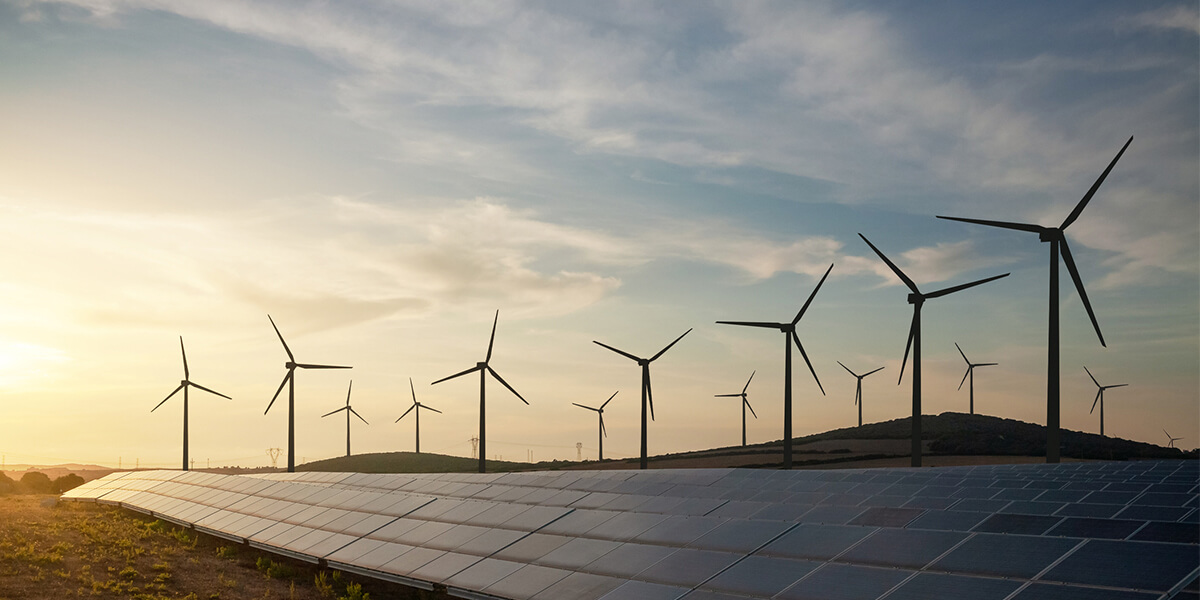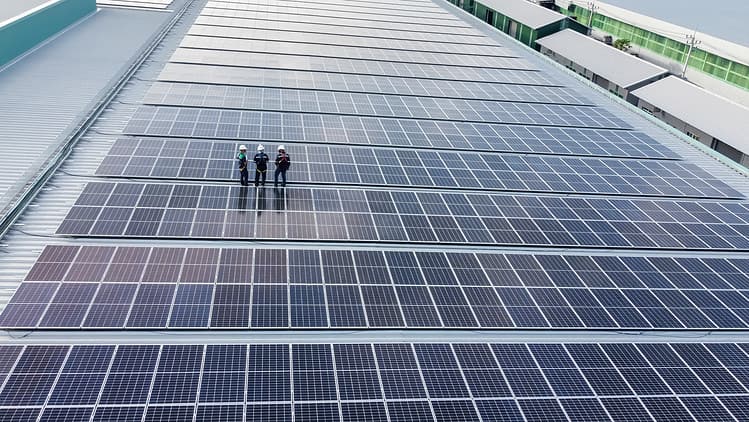
In an increasingly digital world, the acquisition, use and disposal of IT assets is a critically important consideration in environmental sustainability.
This is according to Zakhe Khuzwayo, co-founder of InnoVent, who notes that global e-waste volumes are soaring and are expected to top 74 million metric tonnes by 2030. In South Africa, only 5% of e-waste is collected to go back into the circular economy.
“But e-waste is only part of the problem,” he notes. “The extraction of raw materials needed to manufacture IT has more than doubled and is expected to double again by 2060. According to the International Resource Panel of the UN, this could contribute to temperature increases of three to six degrees, which would be deadly for much of life on Earth.”
“Looking at the extraction, refining, and manufacturing processes to turn those raw materials into IT – to produce just one laptop, it takes approximately 190,000 litres of water and produces just over a third of a tonne of CO2. There are also allegations of child labour and human rights abuses associated with the mineral extraction and manufacturing of IT.
IT becoming more ethical and environmentally sustainable can have a major impact on societies and the environment,” Khuzwayo says. “We cannot ignore these facts and hide under a rock anymore. He says that we are racing against the clock and need to become more sustainable,” he says.
However, IT demand is growing, not shrinking. Khuzwayo says CIOs and end users can address their need for digital technologies more sustainably by considering the impact of IT on the planet. “This does not mean we need to stop buying new technology, but rather to be more environmentally conscious across the IT life cycle. We need to think of a more sustainable future that considers both technology advancement and environmental sustainability,” he says.
“It’s not that hard to make the transition. For example, most OEMs are now playing their part, using more sustainable or recycled materials and introducing more ethical and sustainable manufacturing methods and packaging. The members of the Circular Electronics Partnership are working together to reduce e-waste and create a fully circular electronics system. Buying environmentally friendly products from ethical OEMs is a good start to more sustainable IT.”
Another viable option is introducing technologies acquired through a leasing provider like InnoVent, to keep technology in use for longer and contribute to the circular economy, he adds. This is in line with global – and African – efforts to drive the widespread adoption of a circular economy.
“If you go the leasing route, you start a chain of events with technology guaranteed to be refurbished and kept in circulation for longer. InnoVent’s IT lifecycle management approach – from procurement to recovery -helps organisations with the management of their assets during the duration of the lease. At the end of the leasing period, our reverse logistics process eliminates the challenge of storing and properly disposing of obsolete assets, and collecting the equipment so it can be refurbished.
Using remanufactured or refurbished products reduces environmental impact and contributes to more sustainable IT. Quality refurbished technology increases product lifetime, meaning fewer raw resources are needed, and less e-waste is generated.
To become more sustainable, IT users and CIOs also need to focus on reducing energy consumption in the IT environment, he says. IT energy demand is reported to account for up to 2% of global CO2 emissions and represents as much as 20% of the world’s energy consumption. IT users can reduce their digital carbon footprint by adopting low-energy devices and using greener, renewable energy sources.
“Not only do we see environmental benefits when you lease but faced with economic challenges such as rising inflation and interest hikes – our subsidised financial offering can also reduce the total cost of ownership, giving business real, tangible cost savings,” he says.
Khuzwayo concludes: “It should be noted, however, that digital technologies can also play an important role in making other industries more sustainable and helping to reduce carbon emissions. The digital world, through its interconnectedness, can be a key enabler of a circular economy. IT supports innovations that reduce the need for travel, enable better management of natural resources, and much more. There is no going back to a pre-digital world: we all need to approach digital technology more sustainably.”




